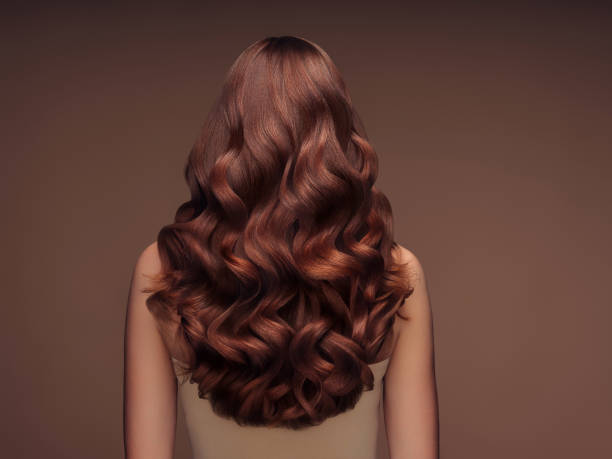“What colors look good on tan skin ?” You may wonder this, right? Everyone understands that the ideal hair color can be chosen based on the skin tone. Hair colors for tanned skin can vary depending on your mood and personal preferences.
However, there are several rules you should follow when choosing the proper hair color.
Women with tanned complexion frequently envy their lighter-skinned counterparts, who appear airy and lovely with blonde hair. Meanwhile, tan-skinned girls have a variety of colors to pick from. Unfortunately, the majority of them are fairly dark, derived from brown and red. However, there are several lighter choices, particularly for highlights. In this guide, we will list the 13 best colors for tan skin so that you can choose your favorite.
Cherry Coke Hair Color
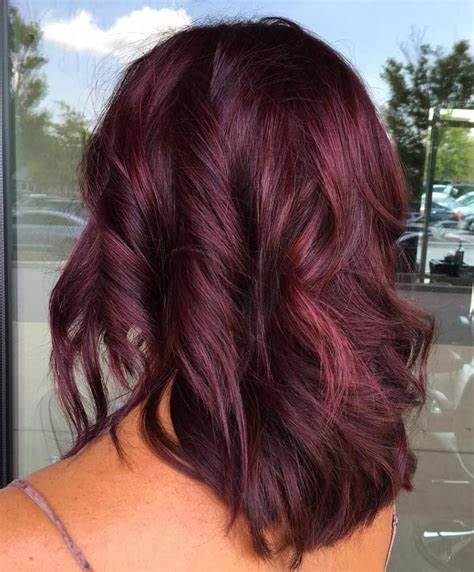
Cherry Coke is a trending hair color and will never be outdated. It contains mahogany tones that fall between crimson and violet. It’s a more sangria, violet-infused brunette with less subdued tones and less ash. Indoors, it appears as a darker violet brunette, but more red shows through in natural sunshine, giving it dimension and a somewhat varied appearance in different images.
This hair color would complement your glowing tan skin, making you stand out from the crowd.
Light Brown Hair Color
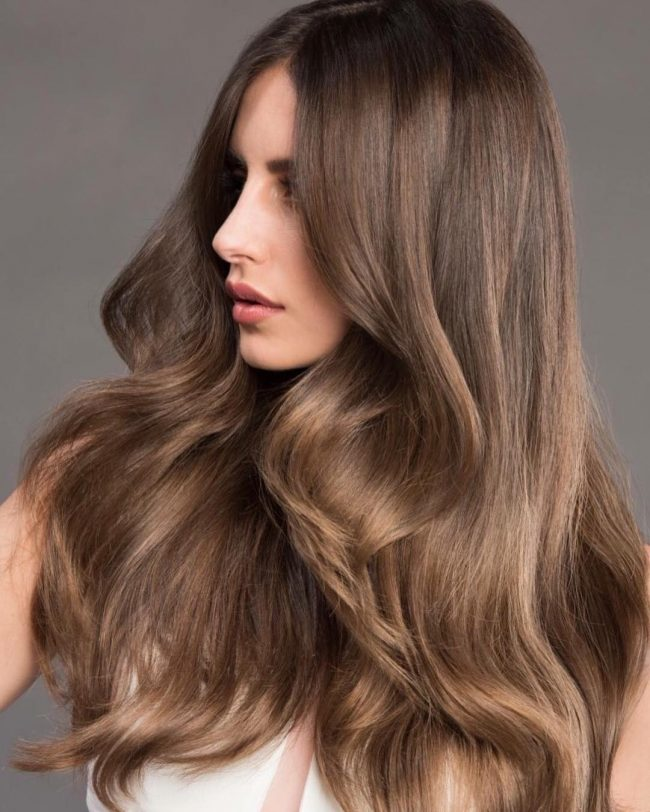
Trust me, every tan skin would go well with brown and chocolate color. Maybe it would sound dull at first, but once you try this color out, you will love it immediately. If this is still not your preferred one, thinking it’s not light enough, then try light brown. This light brown color is probably the lightest you can go when looking at brunette alternatives. Meanwhile, it appears natural and will not require you to deal with visible roots. So, lighten up your mane with light brown!
Ash Blonde Mane’s Hair Color
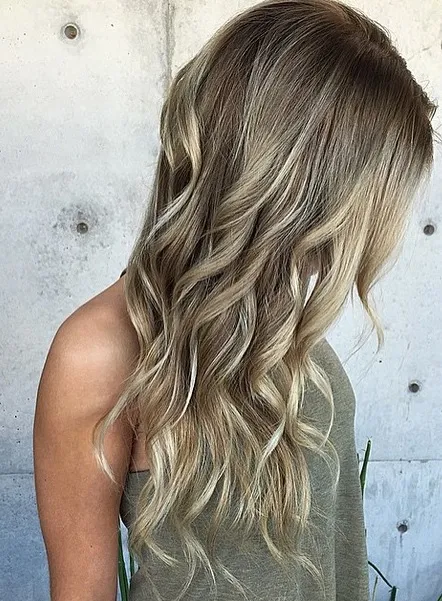
A light option for people who want something unique and different. Afraid that blonde would not go well with tan skin, then try this and you won’t regret it. You may keep your long, layered mane lighter by dyeing it a deep ash blonde. This cool hue will perfectly complement your warm skin and is simple to maintain because the growing dark roots contribute to the look without requiring a touch-up.
Honey Glow Hair Color

This honey-golden hair color is unquestionably a stunning option for women with a tanned complexion. Define the appearance further by adding light blonde baby lights that give the face an instant glow, while the dark roots complement this style. It complements not only tanned skin but also various skin tones. This is a safe alternative for folks who are dying their hair for the first time and do not want to have something too risky.
Soft Chestnut Brown Hair Color
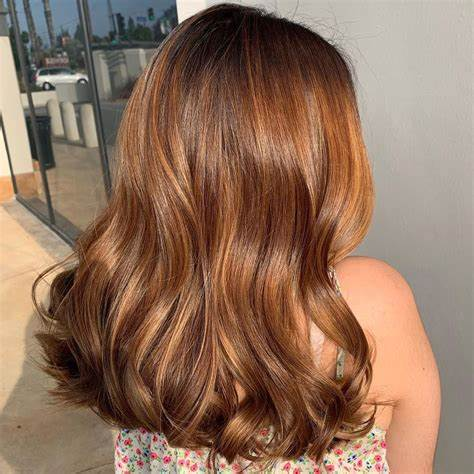
Another brown and chocolate hair option is also a safe option too. If you are bored with lighter shades of hair color, or having your parents scold you for dyeing your hair, then you would like to try this color for once. This may look exactly like your natural hair, maybe lighter, but it looks perfect on tan skin on an autumn day. The soft chestnut golden tone brightens the skin, while caramel highlights showing through the darker hair elevate the style.
Chic Highlights

Here’s another great hair color for tanned skin. Copy this stunning hairstyle by dyeing it dirty blonde and adding chunky highlights all over the head. Make loose waves in the gorgeous tresses and leave them loose for a romantic look. You can also modify the highlight color to your preference. You can also choose where to place the highlights because it will have no negative impact on your overall appearance.
Auburn
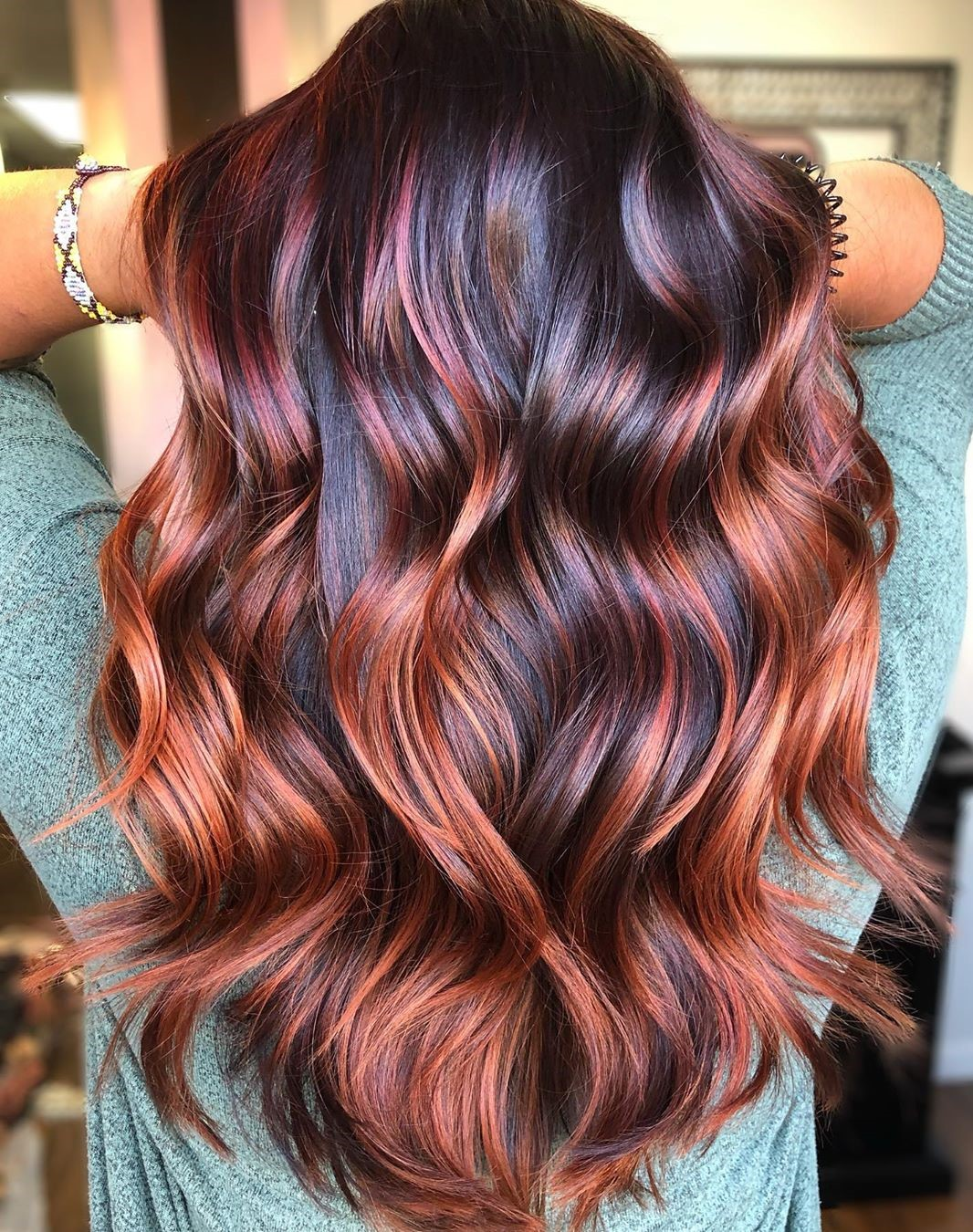
For a slight touch of red, try auburn. This hair color may sound risky at first, but it’s not like it is. From my own experience, this is the best hair color for tanned skin, it would blend well in your tanned skin, flattering your skin perfectly. This shade enhances your natural brown hair color for tanned skin while also adding a unique red tint. On bright days, your auburn hair will shine like velvet, especially if smoothed and straightened. But if you prefer curly then it’s ok, still looks good.
Fiery Red

This is a bolder option of auburn, red hair is also trending this summer. Having this, you will look like Princess Ariel from The Mermaid. Fiery red hair color for tanned skin is one of the most vibrant and luxurious solutions for making you sparkle. If you go any lighter, it may make your skin tone appear worse. If you go darker, the intensity of red will diminish. So your hairdresser the photo and they will know what to do with your hair.
Reddish-Brown Shade

Reddish-brown hair hues look great with tanned skin. The explanation is a beautiful blend of reddish and golden hair colors and warm skin tones. This shade has always been the best option for tanned and warm skin. Brown may be a safe choice, but adding some red makes boring brown hair look better than ever. You’ll be pleased with the results if you use this color.
Naturally Dark Brown Hair

Naturally dark brown hair looks great with tanned skin. You do not have to go out of your way to obtain this hair color. This brown tint looks well on both raven black and dark brown hair. This hue is easy to obtain and will never fail. It is also a good alternative for covering gray strands in your hair if you are concerned about aging. Please try it; you’ll be delighted with the results!
Three-Toned Look
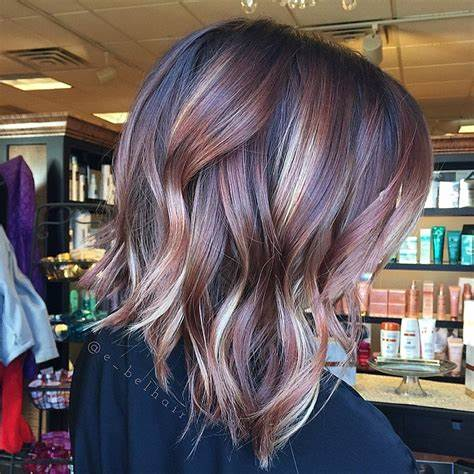
Can’t decide between bright and dark shades? Mix them all together to achieve a three-toned appearance like this. This is a fantastic suggestion if you’re not sure what to do with your hair this summer. To contrast with the naturally dark hair, cut chunks of hair around the head and dye them light blonde or medium brown. This design is excellent for both brunette girls and boys.
Blonde

Although a golden blonde tint may not fit a warm skin tone, a bronze blonde color does. Use this hue as a base, then add champagne blonde highlights to complete the effect. Leave these locks loose to keep all eyes on you. This is a timeless and stylish hairdo that will never go wrong at any age; even a 40-year-old woman can try it out.
Dark To Light Ombre
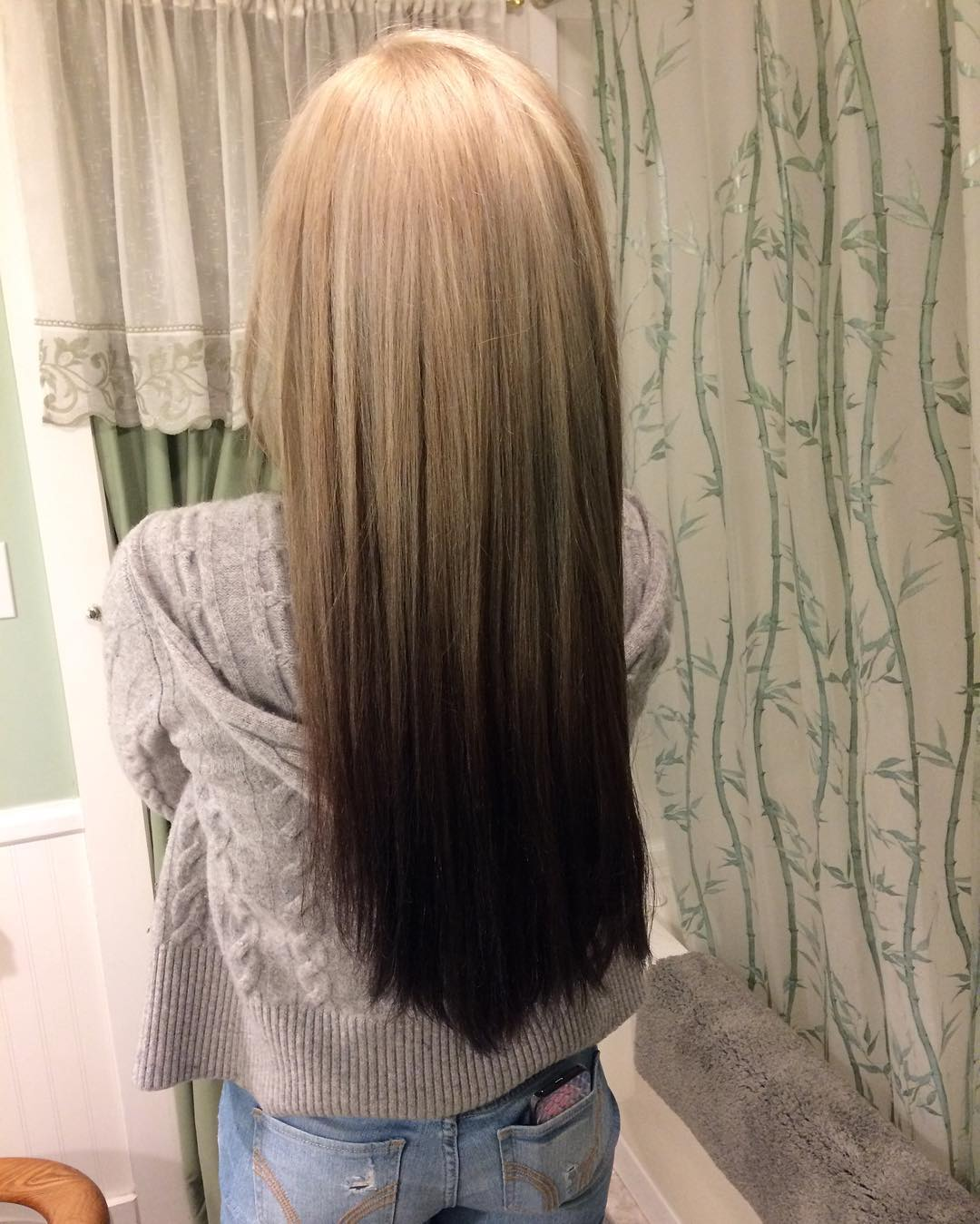
Consider warmer blonde tones, which look great on tanned skin. To accomplish the style, keep the top naturally black and melt it into a vibrant blonde shade halfway to the ends, resulting in a two-toned ombre hair effect. Curls can also be added to the mane to create a lively and fresh look. This hair color complements a wide range of haircuts and is always a good choice.
Conclusion
The finest hair color for tanned skin ranges from light platinum and champagne blonde to dark inky black. These high-contrast colors can surely highlight your tan, but medium-warm shades are the most attractive and natural-looking option.
Whether you have naturally tanned skin all year or light skin that you bronze up annually, choosing beautiful hair color shades that complement your skin tone will make a significant impact. With the proper color, your skin will have a healthy glow, thanks to your natural undertones that light up from within!

